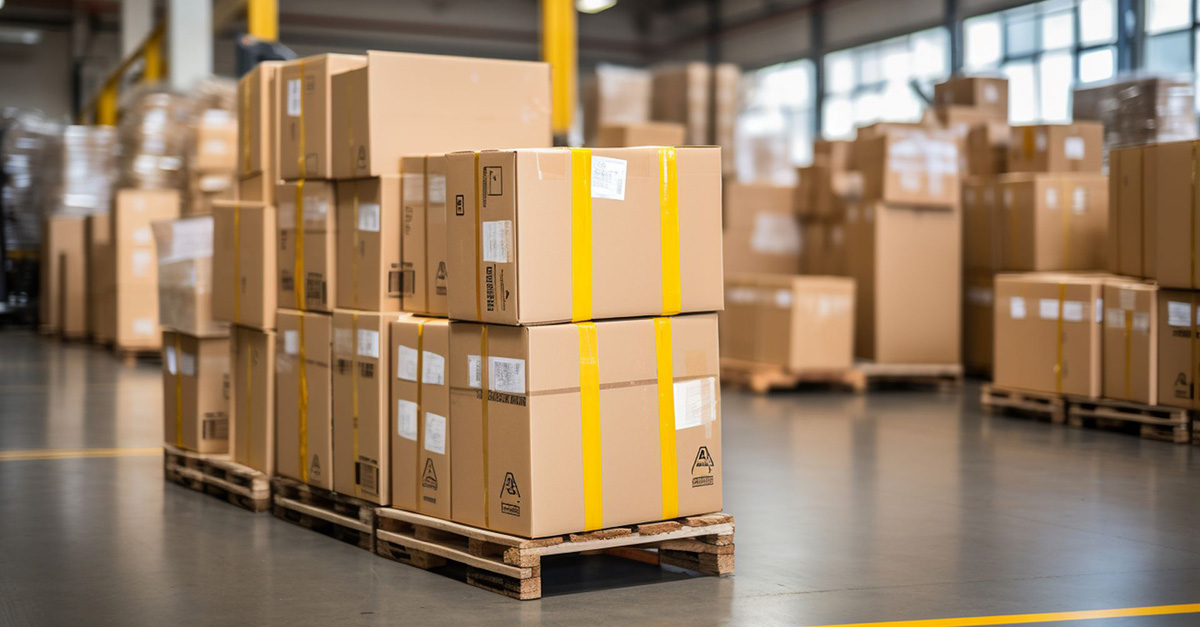Connected Ecosystems – a new era for the industry?

In a rapidly changing political and technological world, mutual trust between business partners plays an increasingly important role. Collaboration within trusted supply networks is becoming a critical competitive factor. It is the basis for successful cooperation within the industry. Trust is also built through the timely and comprehensive provision of data that is shared by all parties. The resulting ecosystem brings immediate economic benefits and is the building block for end-to-end industrial digitalization.
So far, 2024 has been a year of constant challenges: Geopolitical conflicts, economic crises, and rapid technological leaps are all putting politics, business, and society to the test. Despite all the uncertainties, many events have made one thing clear time and again: We can only move forward together. That is why we need partners from other countries, other industries and other parts of our supply chain – partners we can trust.
Politicians in Germany and industry have recognized this. Various initiatives such as GAIA-X, Manufacturing-X or Catena-X have been launched to bring together the various players in an integrated value chain. SupplyOn was also addressed, as SupplyOn has been operating an ecosystem for more than 20 years, has continuously expanded it and is now also interoperable with other ecosystems such as Catena-X.
In a business context, such a network requires one thing above all else: mutual trust. Those who collaborate beyond their own company boundaries and strategically share information with partners, suppliers, customers or government agencies need a secure, reliable digital environment!
IDC’s “Future of Industry Ecosystems 2023” study shows once again that ecosystems and business success are closely linked: 90% of respondents said they will increasingly rely on connected data ecosystems in the future and plan to maintain or accelerate their investments in them. The drivers are:
- Increased business agility,
- greater process automation
- improved system integration, and
- increased data sharing with partners, also for ESG reasons.
It is no secret that data and distributed data is what gives networked ecosystems their unique value. Teams and systems in different companies, locations or government agencies can access the same data in real time. Access rights control the shared view of the data, giving stakeholders an unprecedented view of their own information and a clear understanding of the big picture. Based on this broader insight from multiple systems, stakeholders can now make more informed, faster decisions.
In practice, we have already seen that this approach to digital collaboration is successful. Companies such as Pfizer and Biontech were able to research a vaccine against Covid-19 in a very short time, and leading companies such as Henkel and Covestro are already using the digital twin to make their contribution to decarbonization across teams. At a large company like Henkel, each business unit functions as a separate company. In one project, more than 4,000 physical and virtual sensors were installed in different areas and integrated into a single system. These sensors measure electricity, fossil fuels, compressed air, steam, water, and waste water, showing energy consumption on a plant-wide level, as well as in individual production areas and technologies. This enables Henkel to clearly identify where and how energy is consumed in different teams and parts of the company, and to initiate measures to reduce energy consumption. As a result, they have improved energy consumption and emissions data across the supply chain by 5 to 6 percent per year.

The integration of artificial intelligence (AI) throughout the system provides even greater competitive advantages. Predictive and prescriptive analyses, for example, make it possible to predict bottleneck situations in the supply chain in good time, identify risks and thus proactively avoid supply bottlenecks. Here, too, SupplyOn is already using AI solutions in its ecosystem to strengthen the resilience of the supply chain, make inventories and bottleneck situations visible, minimize risks and thus enable faster and better-informed decisions. This enables them to ensure that products and services meet customer expectations and that ESG regulations, among others, are implemented efficiently (see SupplyOn’s ESG Suite).
Buyers, planners, schedulers, suppliers and customers: Each stakeholder benefits from a holistic view of the value chain with improved transparency and real-time data. An analysis by Aveva shows that integrated ecosystem thinking enables industry leaders to increase profitability by 10 percent, triple return on investment and achieve up to 20 percent higher sustainability performance. The SupplyOn experts will be happy to advise you on how to successfully implement an ecosystem.



